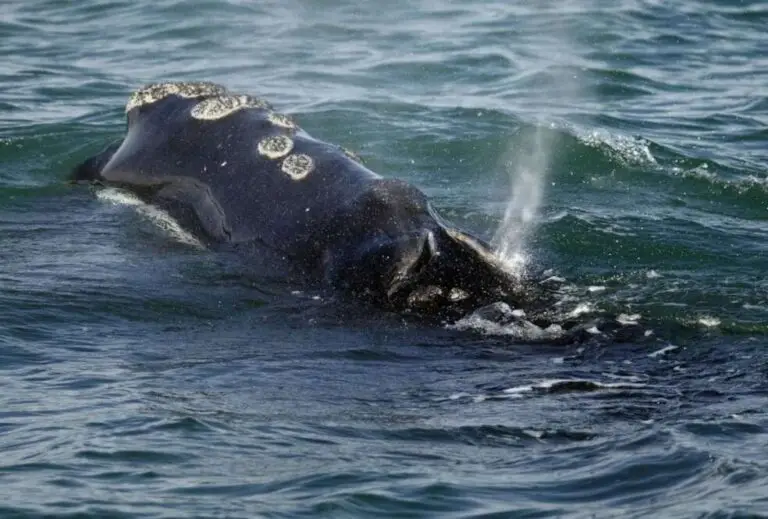Canada, long celebrated for its vast forests, sweeping prairies, and icy coasts, is quietly facing a crisis. A new national study shows that biodiversity has shrunk by 10 per cent in just five decades — a warning sign for a country that has long seen itself as a steward of the natural world.
The Numbers Behind the Decline
The analysis reveals a troubling pattern: more than half of the species monitored are shrinking in number. Snowy owls, an emblem of the Arctic, are among those steadily disappearing. Globally threatened animals in Canadian waters and landscapes — such as the North Atlantic right whale and the leatherback sea turtle — have lost nearly half of their populations.
The sharpest collapse was measured in Canada’s grasslands, where species abundance fell by more than 60 per cent. By contrast, ecosystems with less human disturbance, like the northern boreal forest, showed more resilience, though still recorded losses.
A Crisis Rooted in Human Activity
Conservation specialists point to one central driver: habitat reduction. Expanding farmland and industrial development have carved into the spaces species depend on, reshaping entire landscapes. The report stresses that economic growth tied to natural resource use must not come at the expense of ecological survival.
Small Victories, Large Challenges
There are glimpses of hope. Sea otter populations have rebounded in parts of Canada’s Pacific coast thanks to targeted protections. Efforts to reduce shipping noise are also beginning to benefit whale populations. These examples prove that deliberate interventions can reverse damage — but they remain exceptions rather than the rule.
Meeting International Promises
Canada has pledged to protect 30 per cent of its lands and waters, and to restore another 30 per cent of degraded habitats by 2030. These goals stem from international agreements signed in Montreal in 2022. Whether they can be achieved amid competing economic and political pressures remains uncertain.
The Stakes Ahead
The findings frame a stark reality: Canada’s identity as a land of wild abundance is slipping. Every lost species is not just an ecological casualty but a diminishment of the country’s cultural and natural heritage. The next few years will determine whether Canada can bend the curve of decline, or whether its wilderness becomes a memory of the past.

